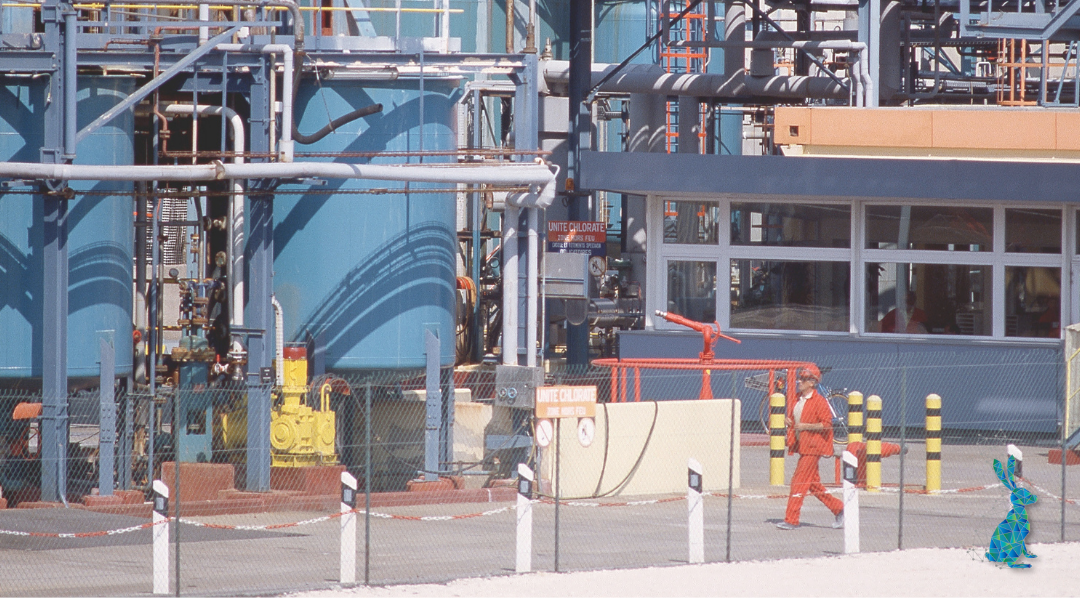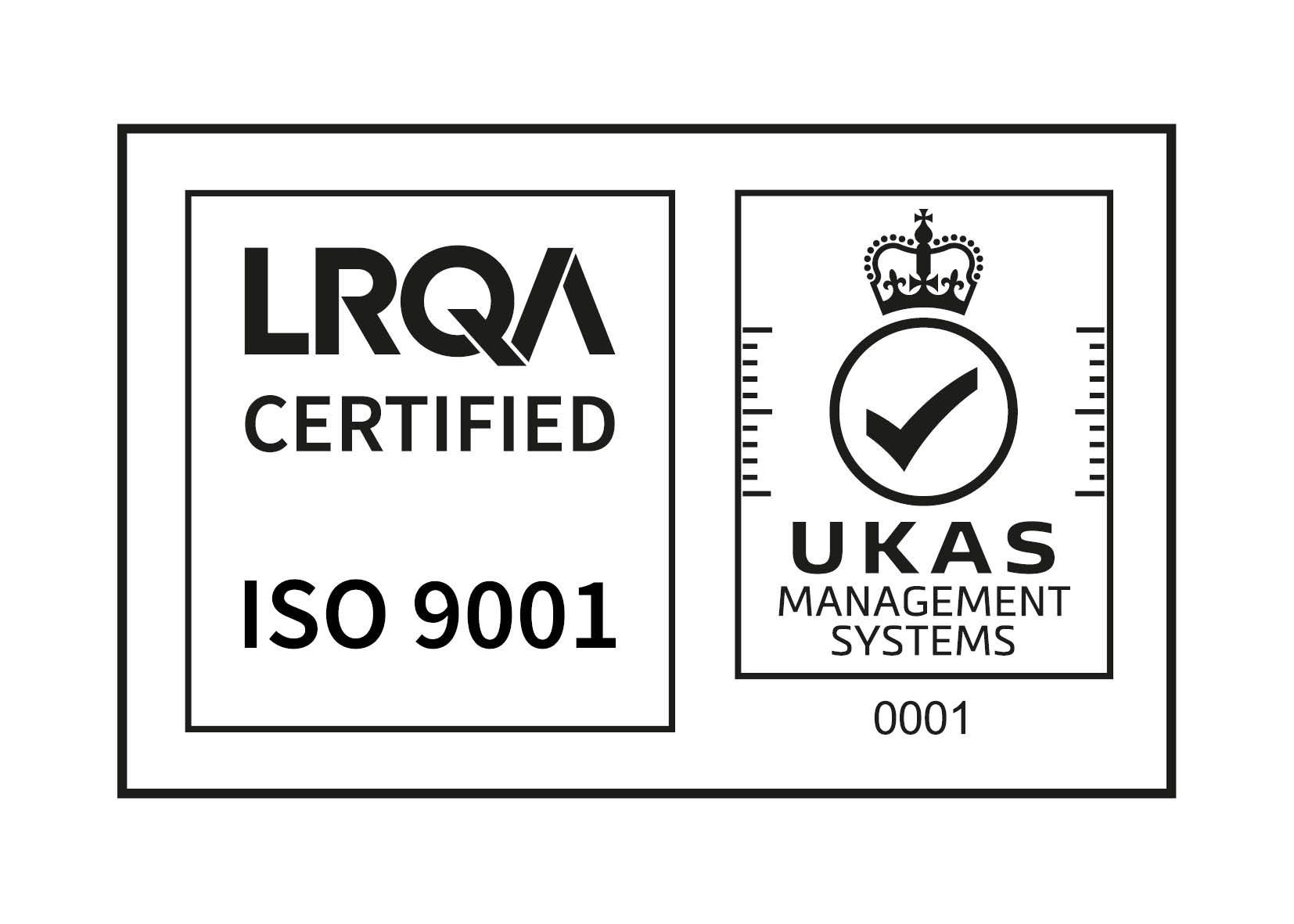WHAT HAPPENS IF SOMEONE WALKS THROUGH DURING THE SCAN?

WHAT HAPPENS IF SOMEONE WALKS THROUGH DURING THE SCAN?
Date: 12th July 2022
On average, it takes around 2 minutes and 50 seconds to complete a single site scan position. To create a complete point cloud file of the entire site, this can be around 50-400X [number] scans positions.
When you consider how long this would probably take to complete, you might be less surprised to hear that someone taking a split second to walk through a scan barely even registers on the end point cloud.
What effect does this have on the final image?
It’s actually very rare that this has any effect on the scan data at all. If the scanner were to pick up on someone walking through though, they’d appear more like a worm moving through the centre of the screen.
It’s like taking a panoramic image on your mobile phone. The scanner doesn’t take in its environment all at once, it collects the data in stages, meaning that it will only register a person in the points it’s scanning when they walk though.
Can anything be done if they are visible in the image?
Often, the easiest way to remove any unwanted data is to just go into the point cloud file and manually remove it from the endpoint cloud. There is no real magic behind this process, and it’s relatively quick and easy to process once everything has been uploaded to an Ipad or computer. Some processing softwares also already has this functionality built in which means that this data is automatically removed from the image whilst it's being processed.
Our RTC360 scanners also have a double pass function for extremely busy site locations. This function means that the scanner can be programmed to scan the site twice from the same fixed position. The scanner will then compare the data it’s collected within the two scans and any data that only appears in one (not both) the scans will be overridden in the final point cloud file. It is quite common to use this method of scanning on a busy site but is not used as standard as double the scan data means double the amount of time required to complete the scan and collect this data.
It’s very rare that an entire scan position has to be deleted because something has moved through the areascan. Slow moving vehicles can sometimes cause this if the scan has to happen across a road or warehouse entrance. In this case, we would just reset the scan and hope that the driver wasn't lost and about to drive back the other way in the next 2 minutes and 50 seconds.
Despite what many think, the impacts of a busy worksite on a scan image are minimal. So, if you have a busy site which you need scanning,
book a free laser scanning demo with us today.



We are a highly skilled design and project engineering consultancy, based in the North-West, with more than 20 years experience.

All Rights Reserved | O'Hare Engineering Design LTD. O'Hare Engineering Design LTD is a company limited by guarantee. Registered in England No. 10820380
